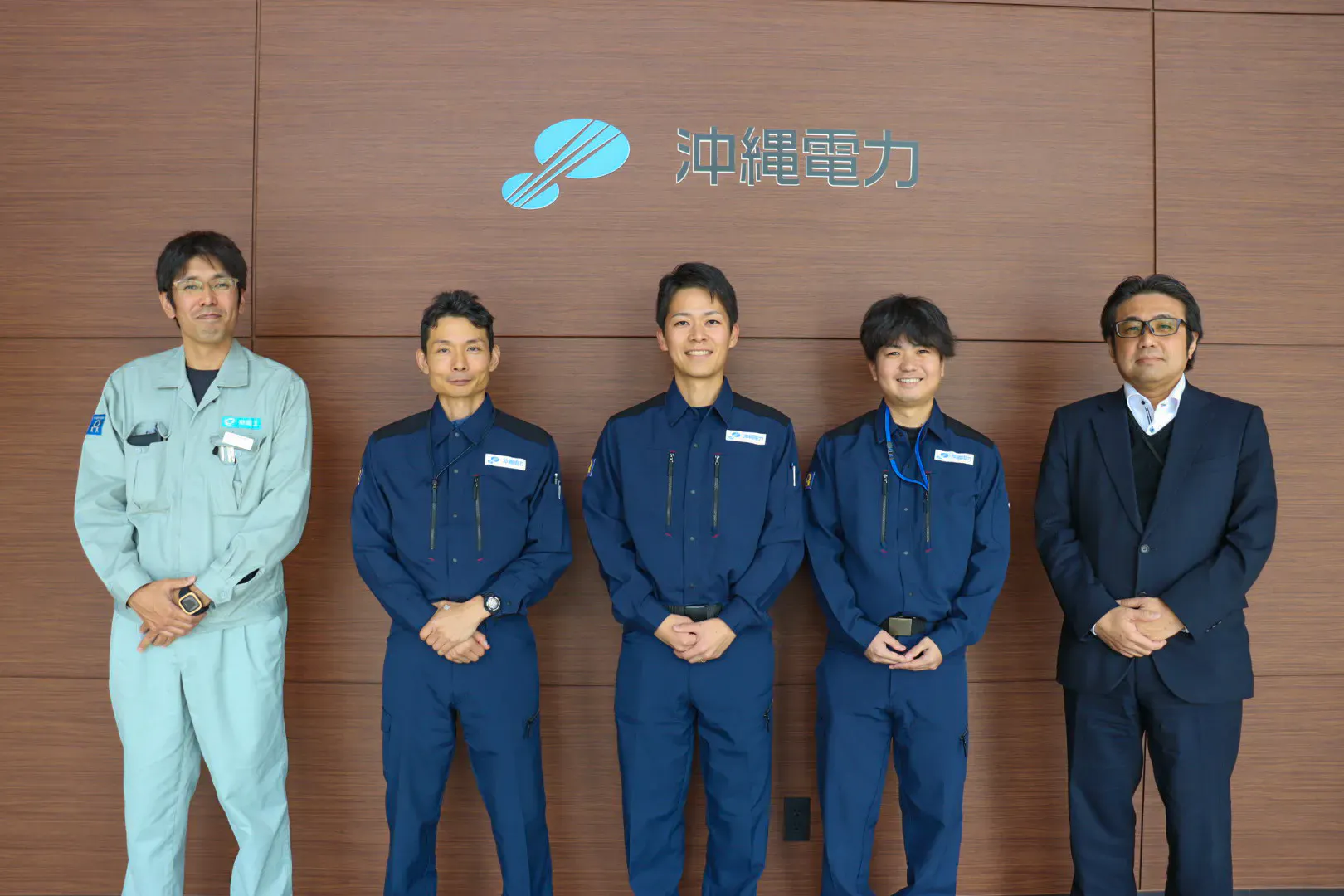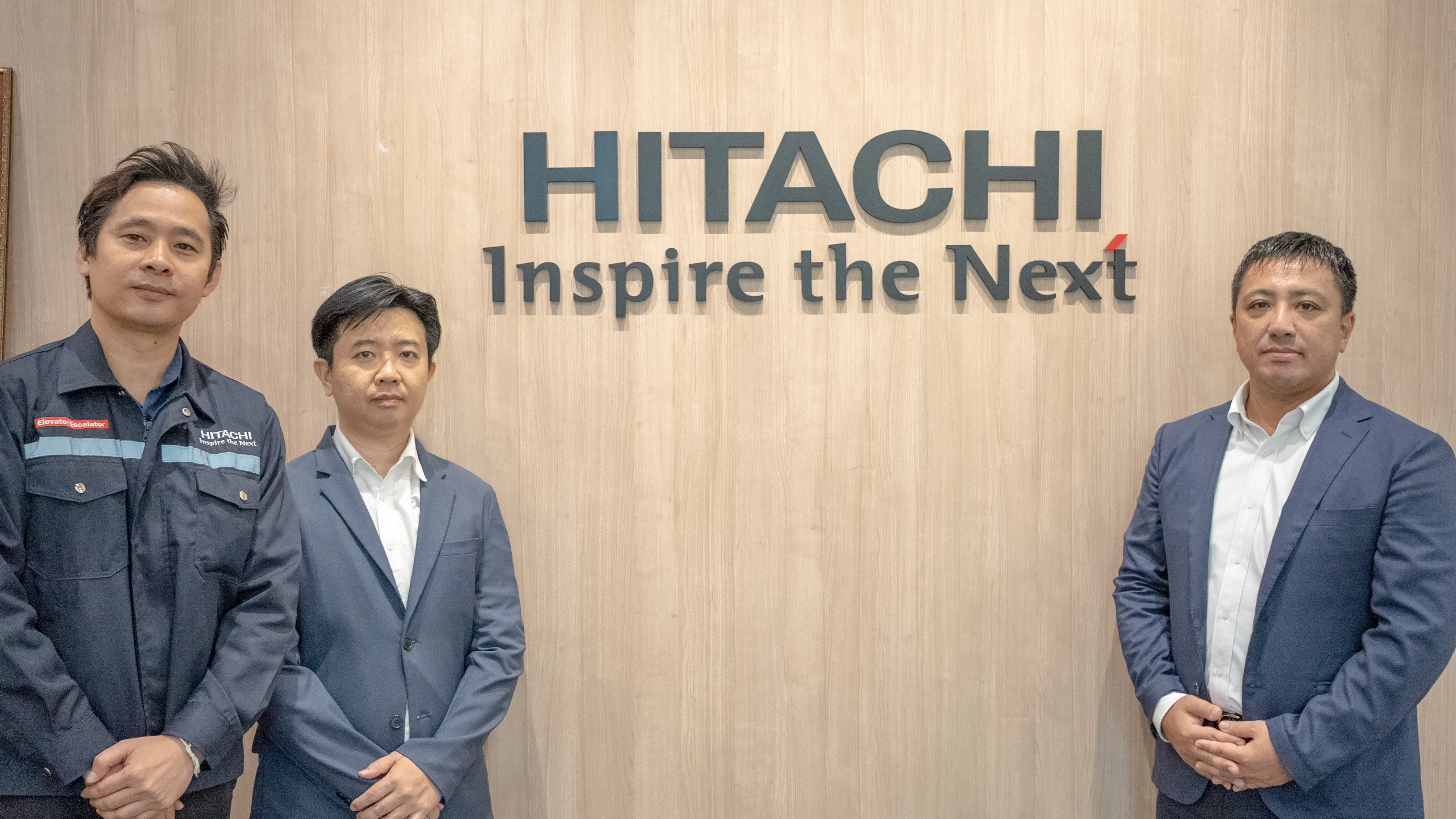Panasonic Commercial Equipment Systems Co.,Ltd.
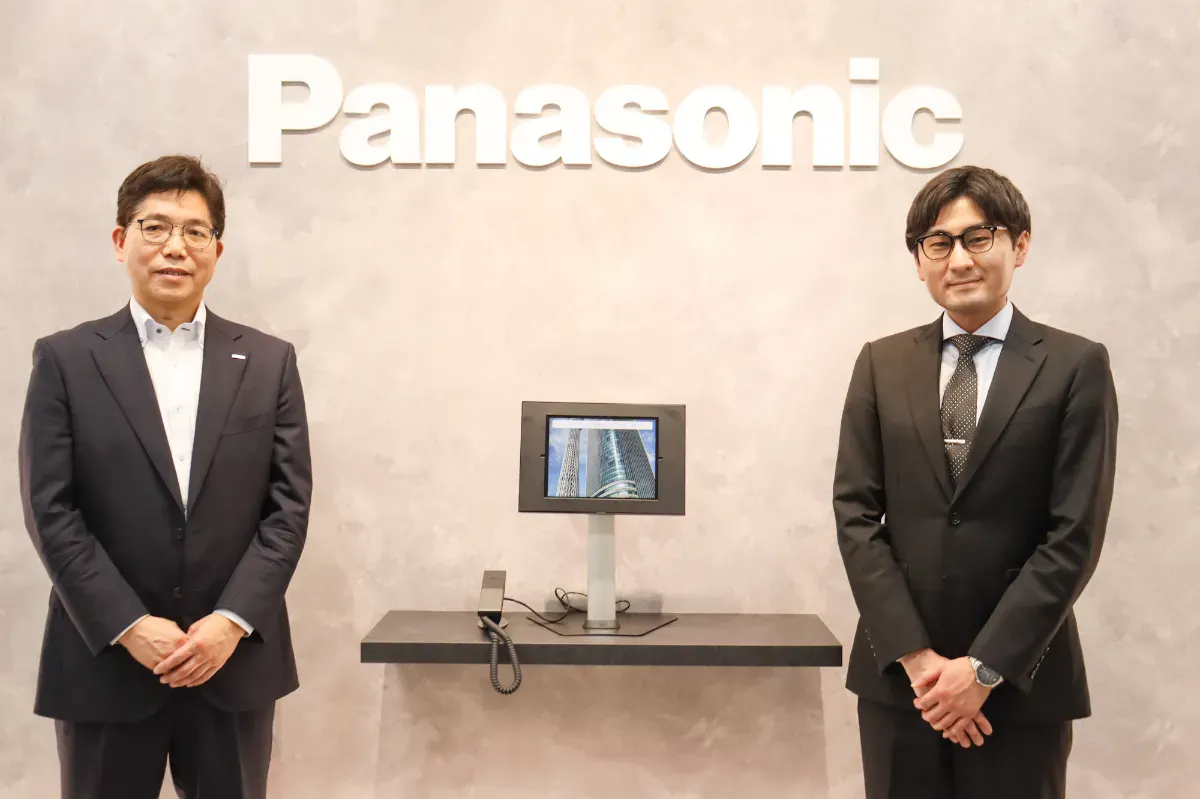

Company Name
Panasonic Commercial Equipment Systems Co.,Ltd.
Number of Employees
1,600
Business Activities
Plumbing, electrical, and construction work
Utilization Services
Panasonic Commercial Equipment Systems Co.,Ltd., part of the renowned Panasonic Group, is involved in the design and development of commercial equipment. The company provides a one-stop service that covers everything from consulting for equipment installation to delivery, construction, and post-installation maintenance. With its focus on the cold chain and air conditioning sectors, Panasonic Commercial Equipment Systems Co.,Ltd. handles around 7,500 equipment installations annually, working with a vast number of partner companies for these projects.
Supporting Japan's "food" and "air," Panasonic Commercial Equipment Systems Co.,Ltd. undertakes numerous installation projects nationwide.
What challenges led to the implementation and use of KANNA, and what kind of operations does the company aim for in the future?
Background and Effects of KANNA Implementation
課題
1) Communication with on-site teams relied heavily on analog methods such as phone calls and paper, leading to time loss for both management and the on-site teams.
2) Information was communicated through various methods depending on the type of the information, causing information to become scattered and making it like a "telephone game".
導入の決め手
To digitize the analog communication methods with on-site teams and streamline the centralization and efficiency of information sharing.
効果・改善
1) Communication with on-site teams was digitized, eliminating the need for phone calls and allowing document sharing to be completed within the app. This resolved the time loss caused by hand-delivery and faxing.
2) Information extracted from the core system, pre- and post-completion documents and drawings, and communication history with the site were all centralized in KANNA, preventing the scattering of information and the personalization of management tasks.
Person interviewed

Mr. Inoue (Director, Construction & Procurement Management Center)
Mr. Hasegawa (Construction & Procurement Management Center, Construction, Safety & Environment Department)
Reducing the Burden for Both Management and On-Site Teams, Streamlining the Management of Approximately 7,500 Projects Annually
— To start, could you tell us about the business activities of Panasonic Commercial Equipment Systems?
Mr. Inoue: We primarily operate in two areas: the cold chain business and the air conditioning business. In the cold chain sector, products that are familiar to most people include commercial refrigerators and freezers used to cool food in restaurants, and refrigerated and frozen food display cases seen in supermarkets and convenience stores.

Regarding the air conditioning business, we provide commercial air conditioning solutions for a wide range of facilities, including office buildings and commercial facilities, as well as public buildings such as schools and hospitals, utilizing the advantages of both electricity and gas. Another notable example is that all the air conditioning systems installed in the six domed stadiums across Japan are our products.
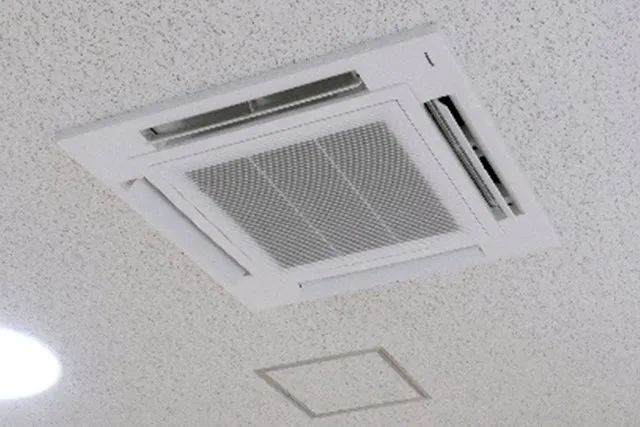
For both of these businesses, our work spans from equipment design to consulting for installation, delivering and installing the equipment, and of course, post-installation maintenance. In addition to providing these one-stop services, we also engage in energy-saving and labor-saving solutions, leveraging our expertise in equipment development.
— So, which part of your business uses KANNA, and what challenges did you face before its introduction?
Mr. Inoue: We use KANNA for managing the installation work in both the cold chain and air conditioning businesses. After conducting a trial, we saw positive results, which led to the full-scale implementation. Our company handles around 8,000 projects annually, and the work is carried out by partner companies across Japan. While we manage these numerous projects, it's not always feasible to have a supervisor on-site at every location due to the sheer volume of projects.
To ensure that on-site operations proceed safely and smoothly, even without a resident supervisor, close communication is essential. However, our previous communication methods were mostly analog. Documents such as safety reports were printed, and any updates or instructions were relayed via phone calls.
However, this analog approach was inefficient not only for us, the management, but also for the on-site teams. Phone calls can disrupt both parties' time, and in particular, they cause the partner companies to pause their work. From a management perspective, we had to stop by the office to print necessary documents for the tasks at hand, and if there were forms that needed to be filled out by the on-site teams, we had to physically visit the site to collect them.
The same applies to the on-site teams. They had to return to their offices to send completed forms via fax or wait until we visited the site, leading to time loss on both sides. This, in turn, impacted overall work hours.
The Importance of an Intuitive UI: Without Adoption, It’s Meaningless
— You introduced KANNA to eliminate the inefficiencies caused by physical processes. What was the deciding factor?
Mr. Inoue: First and foremost, it was the ease of use and the intuitive UI. As our CEO, Mr. Ukon, mentioned in the first part of the interview, this was something we placed great importance on. In the construction industry, many skilled craftsmen are actively working, but most of them are not familiar with digital tools. If we force them to use tools they’re not comfortable with, the system won’t be adopted, and without adoption, the introduction of such tools is meaningless.
The UI of KANNA is extremely simple. Even the chat function, which replaces phone calls, feels like the familiar social media chat apps that many are already used to. Along with this intuitive operability, KANNA offers unlimited free account access for partner companies. As I mentioned, we manage around 7,500 projects annually. Given the large number of projects, this feature was a key factor in our decision to implement KANNA.
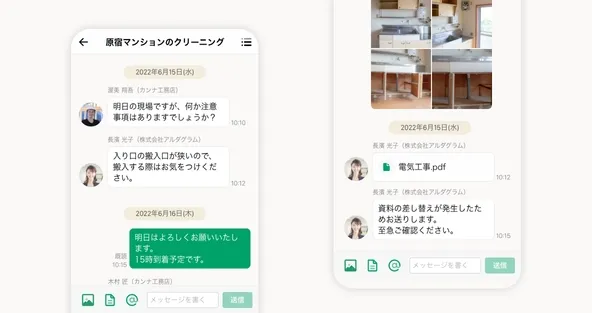
KANNA's chat function, which replaces phone calls, feels like the familiar social media chat apps that many are already used to
Another reason for choosing KANNA is its high level of customization. Our company uses a core system to manage project-related information, and KANNA can be integrated with this system. Previously, when a project was confirmed, the project manager would extract the information from the core system and email it to the partner companies. However, with KANNA, we can link it with our core system, improving the accuracy and efficiency of information sharing.

The KANNA platform enables to easily customize project information
Mr. Hasegawa: One of the strongest motivators for adopting KANNA was the introduction of KANNA Report, which allows us to create and manage reports. Many documents are needed on-site, and a significant burden for the on-site teams is the safety documentation. These documents are numerous, detailed, and essential for ensuring site safety. Previously, workers would hand write these documents, fax them, or hand them over to the manager who visited the site.
Since the introduction of KANNA Report, there's no need to carry heavy document files, and once filled out, the documents are automatically shared with the project manager. We've already run trial operations with some of our partner companies, and they've told us that "the checkbox format and handwritten signature feature are intuitively easy to understand." There's no longer a need to return to the office to submit documents or wait for them to be collected, and the feedback has been very positive.

The KANNA Report feature enables to create tailor-made reports via Excel, upload them to KANNA, and filling them conveniently via smartphone from anywhere even without internet access
Not Only for Efficiency but Also to Prevent Personalization and Enhance On-Site Safety
— After the trial run, you're now moving towards full implementation. What effects do you expect moving forward?
Mr. Inoue: We expect to eliminate the inefficiencies caused by analog communication methods and streamline tasks related to project management. The primary goal of this implementation is to improve efficiency, and we anticipate achieving this. Once KANNA is fully operational, all necessary information—such as data previously extracted from the core system, project-related documents, drawings, and communications—will be centralized in KANNA. This will ensure that all information needing to be shared with relevant stakeholders is in one place.
As a result, not only will centralizing information improve efficiency, but it should also help prevent the personalization of management tasks and information handling. Additionally, reducing the burden on partner companies related to safety documents could enhance their sensitivity to potential hazards. Needless to say, safety documents are extremely important. However, when the process of filling out and submitting these forms becomes too cumbersome, it can make people feel reluctant to complete the necessary paperwork.
By alleviating these burdens, we expect on-site personnel to fill out clearer and more detailed information more proactively. With higher accuracy in the documents, the advice we provide as managers will become clearer, which in turn should improve on-site safety. As Hasegawa mentioned, the feedback during the trial phase has been excellent. In fact, some partner companies are even considering introducing tablets after participating in the trial.
Mr. Hasegawa: KANNA Report is an extremely useful feature, but the forms are primarily A4-sized. I find that tablets offer a more comfortable and user-friendly experience compared to smartphones. For this reason, although we have already provided tablets to some members, we are currently exploring the possibility of supplying more site managers with tablets. Ensuring that those involved in on-site work have the most comfortable environment possible is an important role we take seriously.
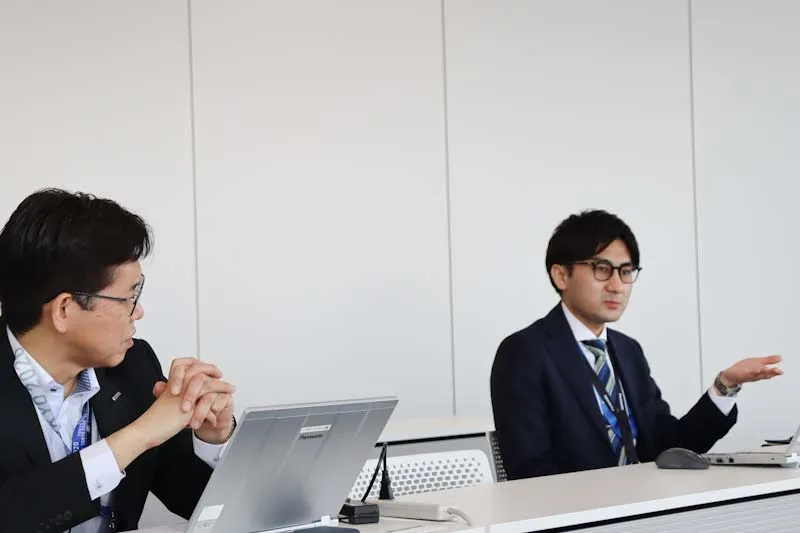
Envisioning the Future of the Construction Industry with the "New 3Ks" of "Salary, Vacation, and Hope" Through DX (digital transformation) Integration
— Thank you for sharing. We'd love to hear more about the results after full implementation.
Mr. Inoue: Yes, we need to thoroughly evaluate how much we can improve operational efficiency. To achieve greater results, we’ll likely ask the KANNA team to continue improving the tool’s features. However, our first priority is to ensure the tool is widely adopted by everyone on-site, with their cooperation.
Currently, beyond using KANNA, we are actively promoting DX (Digital Transformation) to streamline our business processes. The 2024 Construction Industry Issue* is a pressing topic, and labor shortages in the construction industry are also an urgent challenge. This is why it’s critical to enhance operational efficiency, and it's not just the industry that feels this urgency—the government shares these concerns as well.
Currently, to address the immediate challenge of labor shortages, it is likely that in the near future, there will be regulatory easing regarding on-site management. Specifically, the use of DX tools like KANNA to enable safe remote management of construction sites will become more prevalent. We aim to stay ahead of this trend by continuing to promote DX.
What we envision for the future is to transform the traditional image of "3Ks" of construction work (in Japanese)—”kitsui” (hard), “kitanai” (dirty), and “kiken” (dangerous)—into a new "3Ks" of “kyuyo” (salary), “kyuka” (vacation), and “kibou” (hope). Right now, the entire world needs DX, and instead of falling behind, we aim to lead the way and build a construction industry filled with hope.
*2024 Construction Industry Issue
In Japan, the construction industry has been facing a labor shortage. As a result, the long overtime work became a common trait of the industry. To tackle this and secure a better working environment for laborers in the industry, the Japanese government decided to set a regulation that limits overtime working hours for the construction industry, which is set to be in effect in April 2024. A violation of this regulation can result in a punishment. Hence, improving efficiency and reducing the working hours are the urgent matters that the construction companies have to resolve.
Company Name: Panasonic Commercial Equipment Systems Co.,Ltd.
Business Activities: Plumbing, electrical, and construction work
Established: April 1, 2009
Number of Employees: Approximately 1,600 (as of July 1, 2023)
Website: https://panasonic.co.jp/hvac/pces/
Article published on: August 21, 2025
